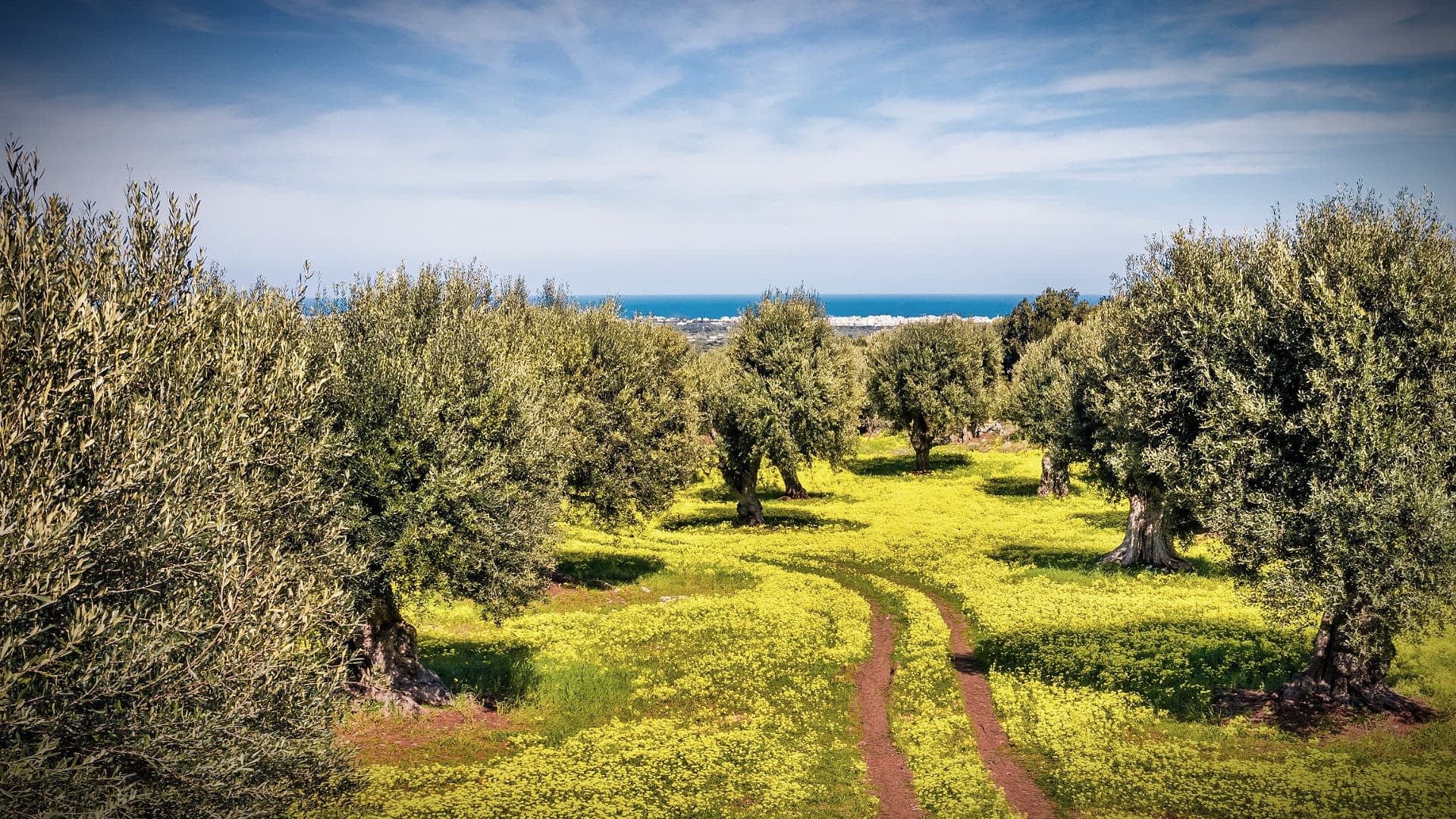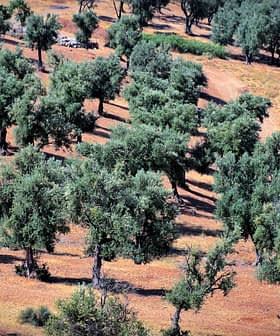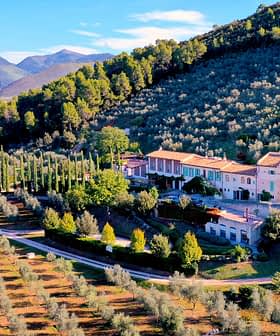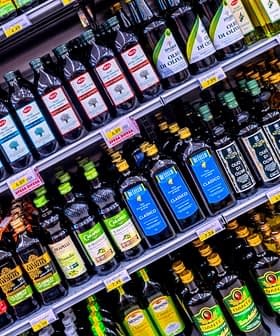Rising Production Prices Force Some Farmers in Sicily to Forgo Harvest

Olive growers in Sicily are facing rising production costs during the 2022 harvest, with concerns that this will lead to higher prices for consumers and potential market loss to cheaper alternatives from other regions. Despite challenges, some regions in Sicily have reached temporary agreements to facilitate harvest operations and address rising energy costs for millers, with local authorities urging support for the olive farming sector.
Olive growers, millers, retailers and regional administrators in Sicily are working together to overcome rising production costs as the 2022 harvest gets underway on the island.
At stake is one-tenth of Italy’s annual olive oil yield, and several municipalities on the island have already suspended harvest operations.
Our extra virgin olive oil could go unsold, (with their market share) substituted by Spanish extra virgin olive oil.
Local experts fear that increasing costs for growers and millers will translate into significantly higher olive oil prices for consumers, which may lead some to turn to cheaper alternatives.
According to the local branch of the farmers association Coldiretti, transforming the fruits now costs growers at least €0.16 per kilogram, compared with the €0.12 average for the previous season. Due to the energy costs, the bill in several areas could reach €0.20.
See Also:Farmers in Lazio Kick Off Harvest at Emperor Hadrian’s EstateAlong with energy, costs for bottling, labeling and shipping have also gone up. Coldiretti estimated that one liter of Sicilian extra virgin olive oil could end up with a €10 price tag.
Given the low harvest expectations and rising costs, there is concern that some small growers and millers will decide not to harvest at all.
According to Ismea, the public agency for services to the agricultural market, one liter of olive oil in Sicily is currently traded at €5.65 per kilogram, which is below current production costs.
Mario Terrasi, president of the Sicilian olive producer association, Oleum Sicilia, told local media that high-priced local extra virgin olive oil is already in supermarkets, sitting on the shelves near far cheaper products.
“Whichever product is cheaper comes from other Italian regions, other European countries such as Spain or Greece or even by extra‑E.U. countries such as Tunisia,” said Terrasi. “Now we are anticipating a further price rise, and [many consumers] do not understand how quality and the health profile of our product justify those prices no matter what.”
Terrasi added that both large retailers and restaurants would have to deal with such increases.
“Those are sectors which will not adjust to such quickly rising prices,” he said. “That means our extra virgin olive oil could go unsold, [with their market share] substituted by Spanish extra virgin olive oil. Those are different… but come from companies less fragmented than ours, and more competitive.”
Coldiretti said Sicily’s olive groves cover more than 160,000 hectares and are linked to a huge portion of local farmers’ income. According to Ismea, there are more than 618 active millers on the island. In the 2021/22 crop year, Sicily produced 38,000 tons of olive oil by transforming more than 281,000 tons of olives.
Olive oil and table olive producers on Sicily traditionally enjoy a slight competitive advantage as their harvest begins earlier than in other Italian regions.
During a meeting with local authorities and stakeholders in Trapani, on the west of the island, Coldiretti noted how this advantage is gone since the harvest will not proceed.
“The sale price both for olive oil and table olives is very low and not yet established for the season,” Coldiretti said. “That puts hundreds of companies at risk, they might close down, triggering the worst scenario for the whole province, which relies on olive farming income.”
A sign of hope came from Agrigento and Sciacca, key production regions on the southern coast. There, growers, regulators and stakeholders managed to reach a temporary agreement that may facilitate harvest operations.
They agreed to fix the price for extra virgin olive oil at €6 per kilogram for the following 10 days, a short period during which the regional authorities are expected to enact a publicly-financed measure that will allow lower millers’ energy costs back to the levels of 2021.
To this end, many local council representatives have signed an open letter in which they warn of the 50 to 70 percent rise in energy costs for millers. In the letter, they ask local and regional authorities to work together to support one of Sicily’s most relevant farming sectors.









